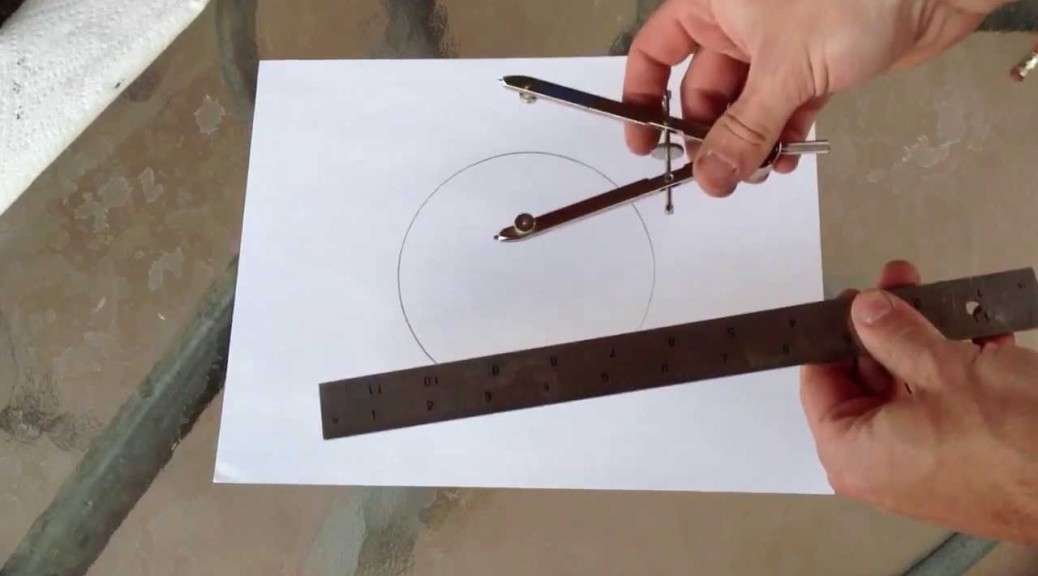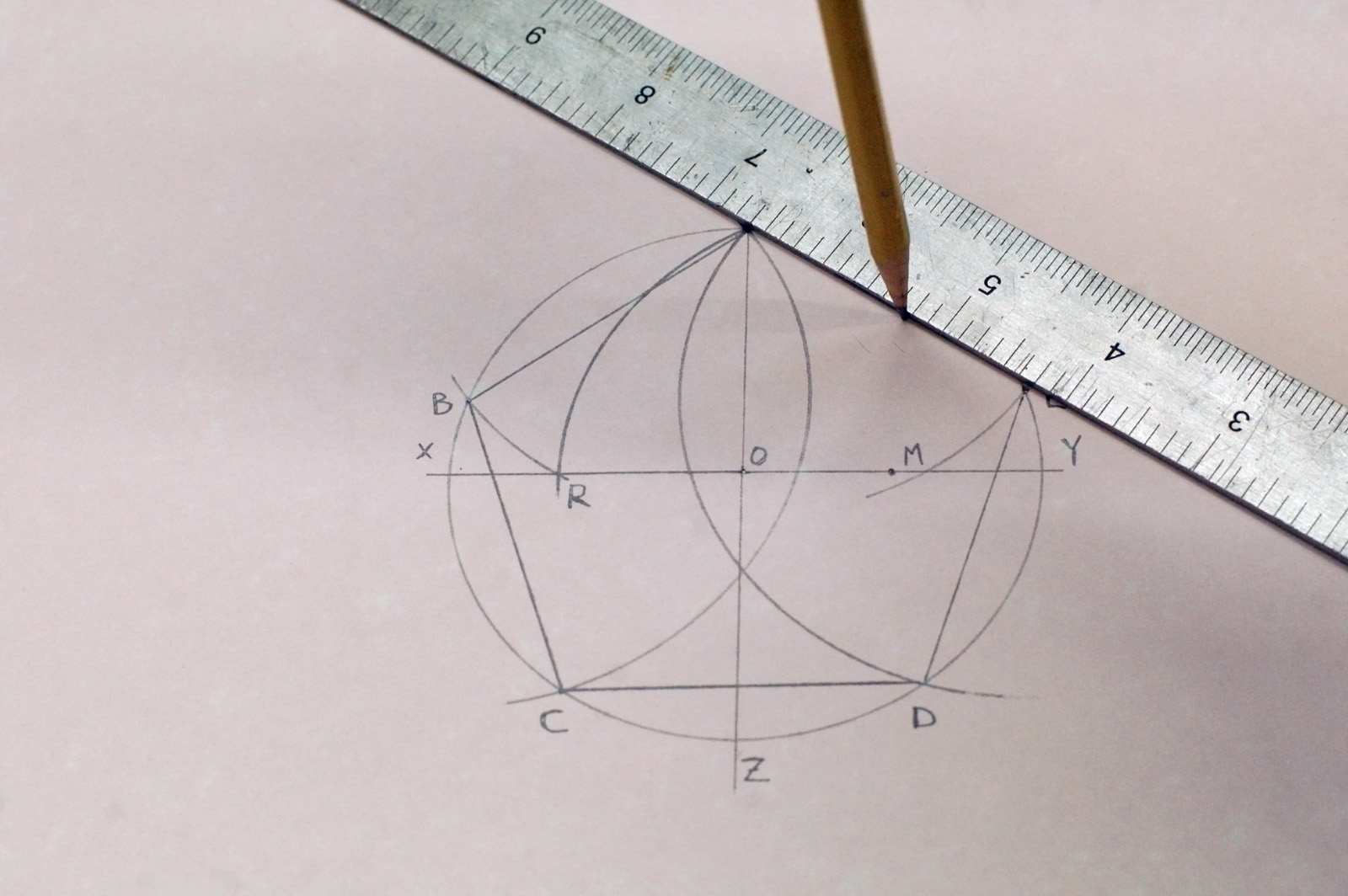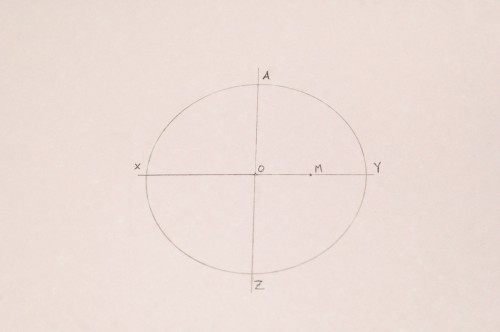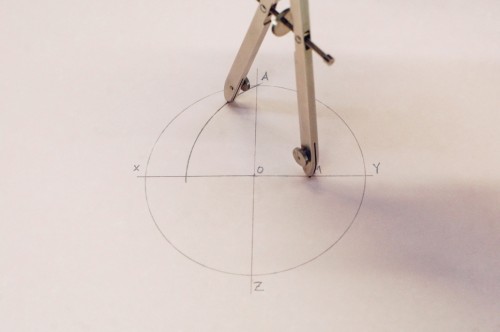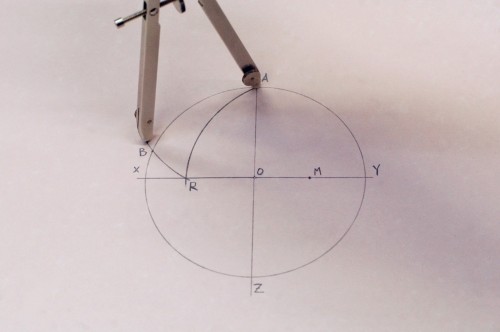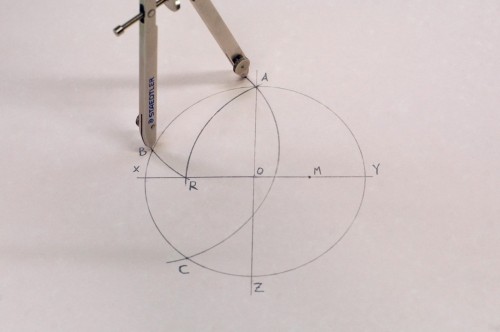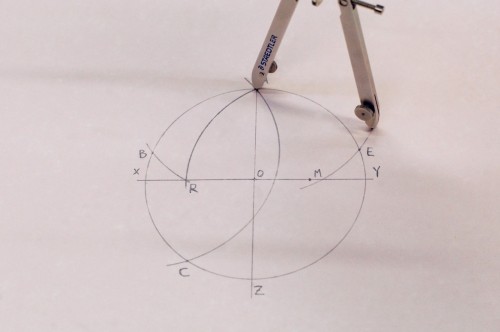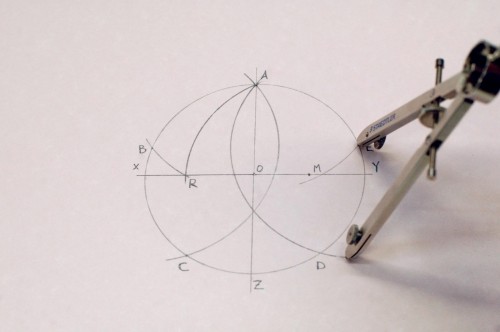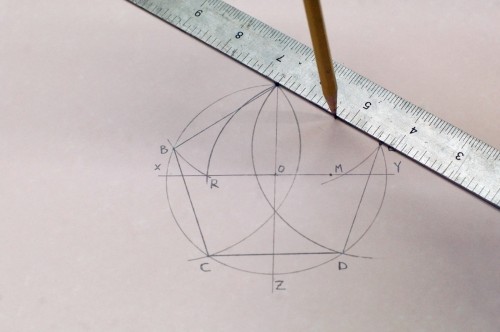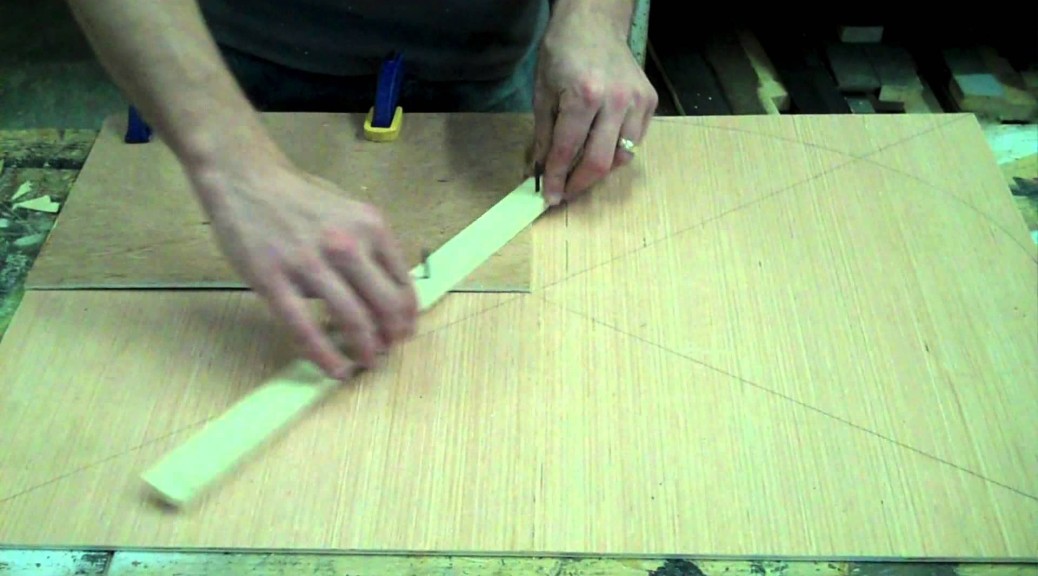Ever wonder who dresses each and every set at The Rep? – Milwaukee Repertory Theater brings us this video of Jim Guy, their props director. He talks about what props are and takes us on a tour of the prop storage areas deep in the heart of the Rep. It’s pretty basic stuff, but it is always nice when a theater recognizes the people of the production department.
King’s Fine Woodworking builds Thor’s Hammer – This video shows the making of Mjolnir, Thor’s famed hammer from the Marvel movies, out of a giant block of silver maple, along with some walnut for the handle. It’s a cool twist to the standard replica prop build.
5 Things Wrong With the Arcade in ‘Stranger Things 2’ – GeekDad dives deep into the details of the set dressing for the 1980s arcade in the new season of Stranger Things. They lovingly point out where the decor deviates from history, but in most cases, they make a guess as to why the production department chose those changes.
Design Curves for Irregular Shapes – If you’ve never studied hand drafting, you may not know how to use a French curve (and some folks don’t even know that French curves exist). Chris Schwartz gives a quick tutorial for this tool that will help you draw smoother curves.
What are you looking for in a portfolio? – In this video, Laura Pates, Assistant Technical Director at Playmakers Rep, tells NCTC what kinds of things should go in a design/technical portfolio. Bonus points for being filmed in the lobby of Triad Stage, where I work!


